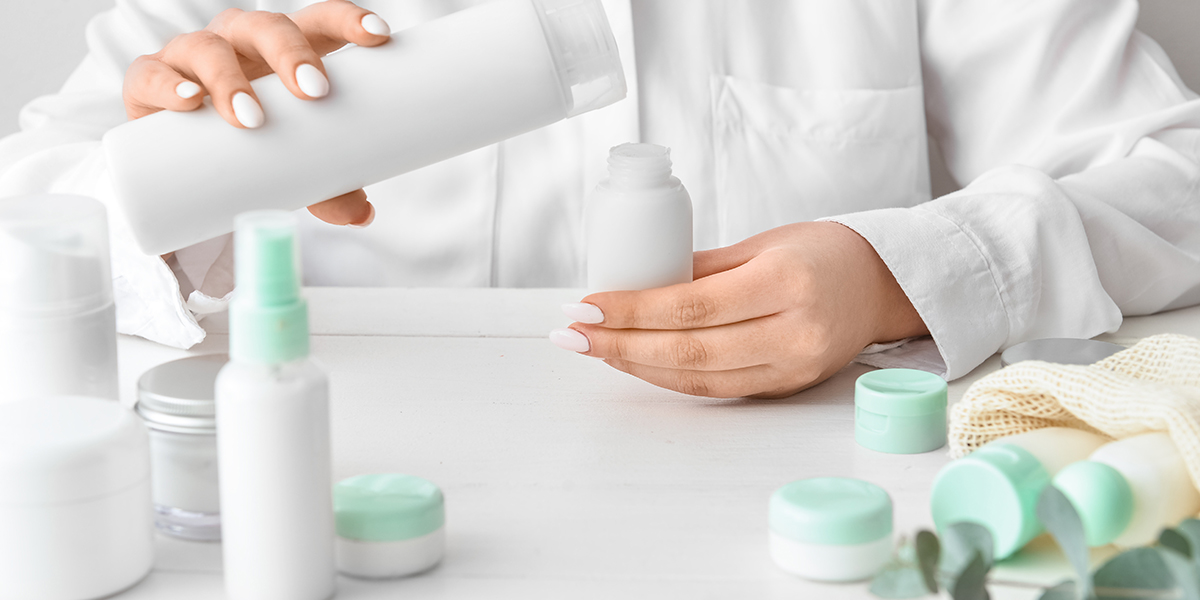China prohibited cosmetic ingredient list update has been proposed by the National Institute for Food and Drug Control (NIFDC).
The primary objectives are to enhance the management of cosmetic raw materials, ensure the safety and quality of cosmetics, and promote the healthy development of the cosmetics industry.
The main method for developing the Prohibited Catalogue is to incorporate substances with potential safety risks identified in the list of restricted and permitted components from the Cosmetic Safety and Technical Specifications (2015 Edition) and the Catalogue of Names of Used Cosmetic Raw Materials.
Additionally, specific attention will be given to addressing issues related to the illegal addition of drugs not listed explicitly, such as anti-infective drugs, hormones, and antihistamines, which are prone to illegal use and that companies use to highlight the efficacy of their cosmetics. The revision will also focus on standardizing the names and content of partially prohibited raw materials and applying partial bans to plant raw materials.
The formulation and revision process will be guided by several principles. Firstly, the existing prohibited components from the Safety and Technical Specifications for Cosmetics (2015 Edition) will be retained whilst incorporating raw materials with potential safety risks based on the latest risk assessment results.
Secondly, considering scientific research achievements in cosmetics-related disciplines, revised and improved names for raw materials will be adopted to ensure scientific and standardized labeling.
Lastly, the need to revise and supplement the content of the Prohibited Catalogue in accordance with technological advancements and regulatory requirements.
Once the proposed update to the China prohibited cosmetic ingredient list is promulgated, then regulatory affairs professionals in the cosmetics industry must review their products to ensure compliance with the revised Prohibited Catalogue. If their products contain any prohibited ingredients, they will need to take necessary actions, including withdrawing the products from sale and reformulating them. Subsequently, they will need to resubmit the relevant filings or registrations to meet the updated regulatory requirements.
List of proposed ingredients to be added to the Prohibited Ingredient Catalogue:
| No. | Chinese Name | English Name |
| 1286 | 比马前列素 | Bimatoprost (CAS No. 155206-00-1) |
| 1287 | 拉坦前列素 | Latanoprost (CAS No. 130209-82-4) |
| 1288 | 他氟前列素 | Tafluprost (CAS No. 209860-87-7) |
| 1289 | 他氟乙酰胺 | Tafluprost ethyl amide, (5Z)-7-{(1R,2R,3R,5S)-2-[(1E)-3,3-Difluoro-4-phenoxy-1-buten-1-yl]-3,5-dihydroxycyclopentyl}-N-enthy-5-heptenamide (CAS No. 1185851-52-8) |
| 1290 | 曲伏前列素 | Travoprost (CAS No. 157283-68-6) |
How to submit comments
Companies who wish to comment on the proposed changes to China’s prohibited cosmetic ingredient list should send comments via email to hzpbwh@nifdc.org.cn by July 15, 2023.
Further information
Read the original NIFDC announcement on the China prohibited cosmetic ingredient update has been proposed.
Contact us to learn more about our cosmetics services in China.

 Deutsch
Deutsch  Italiano
Italiano  Français
Français  日本語
日本語  한국어
한국어 



